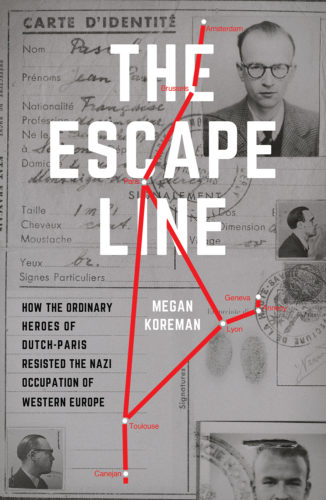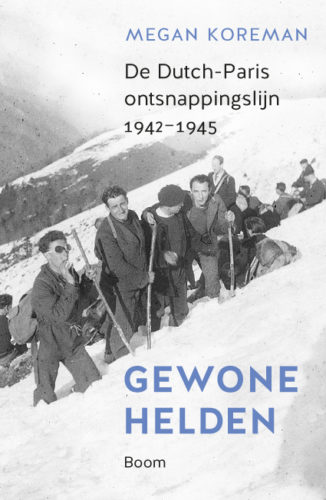Searching for the Dutch-Paris Escape Line
Liberation of the Netherlands on 5 May
May 8, 2025 marks the 80th anniversary of the unconditional surrender of the Third Reich to the Allies and therefore the end of the Second World War in Europe. It was the occasion for massive celebration in 1945 and it deserves all the memorials and celebrations it’s getting in 2025.
Wars and especially modern, industrialized wars that involve civilians whether they want it or not, however, do not simply stop because politicians and generals have signed some papers. From the perspective of civilians and European society, 2025 is the 80th anniversary of a tumultuous year at best.
The war and occupation took different shapes in different countries and even in different regions within countries. So the Dutch commemorate 4 May every year as Dodenherdenkingdag (Remembrance of the Dead Day). This is the day that people line up in silence for hours to walk past a memorial in the dunes near Scheveningen where the occupation authorities executed political prisoners. Other places remember the dead in ways that reflect their own occupation histories and traumas.
Every five years, including this year, the entire country celebrates the Liberation of the Netherlands on 5 May 1944. Maastricht and the southern third of the country were liberated in September 1944 but after the failure of the Allied assault known as Operation Market Garden, the northern two-thirds of the country were locked in a punitive occupation regime. Part of the punishment for civilian support of the Allies in the early fall of 1944 was a deliberate famine inflicted on the civilian population by the occupation authorities. There was food in the Netherlands, but the German authorities refused to release it from the warehouses. If civilians in the big cities wanted food, they had to trek out to the countryside to get it because the Germans weren’t letting any food be transported into the cities. It was not until the end of April 1945 that the occupation authorities allowed the Swedish Red Cross to unload flour from a relief ship and the RAF to drop crates of food for civilians. Exact numbers are not known, but approximately 22,000 people died of starvation during the infamous Hunger Winter of 1944-45.
Of course many more people were severely affected by the starvation. For example, my father lived in Maastricht but he had family “above the rivers” in the famine zone. In one household only one of his many cousins had the strength to crawl out of the house and ask for help when the Canadians liberated their town.
So the Dutch celebrate the Liberation on 5 May, which for them meant the end of the occupation and the famine, rather than the signing of the surrender on 8 May. They certainly appreciated that the war was officially over. But given their community’s history and trauma, 5 May means more to them.


Leave a reply